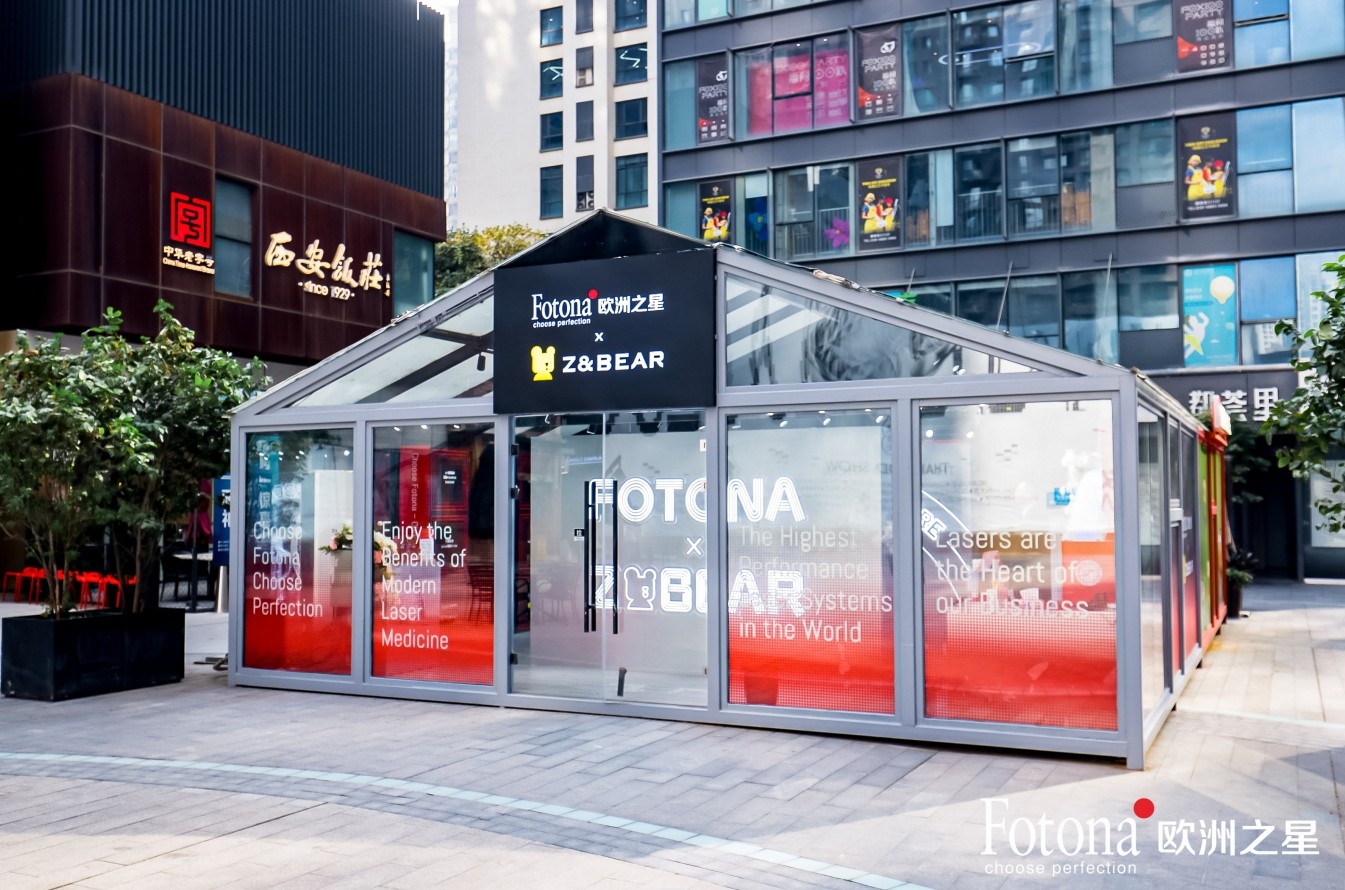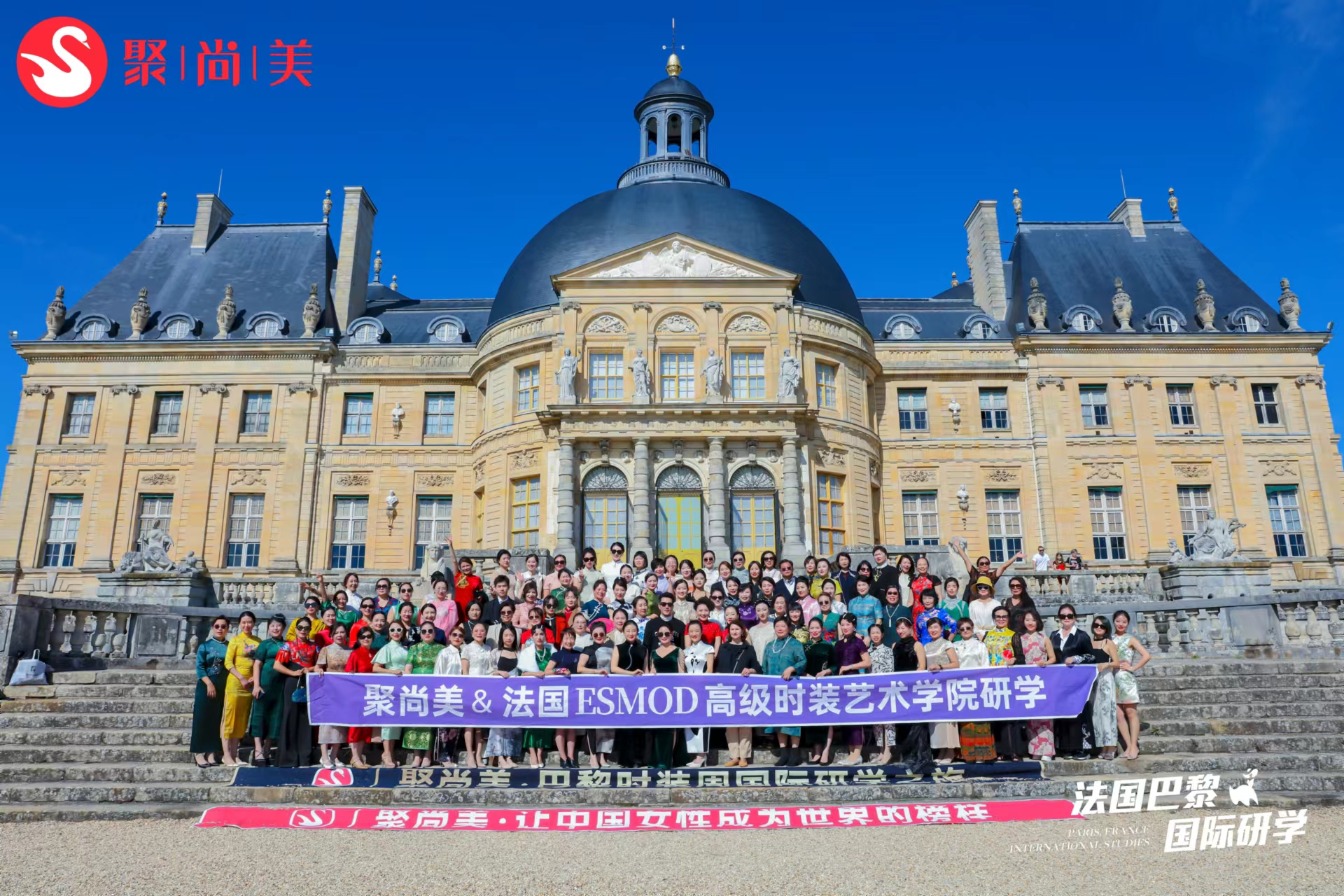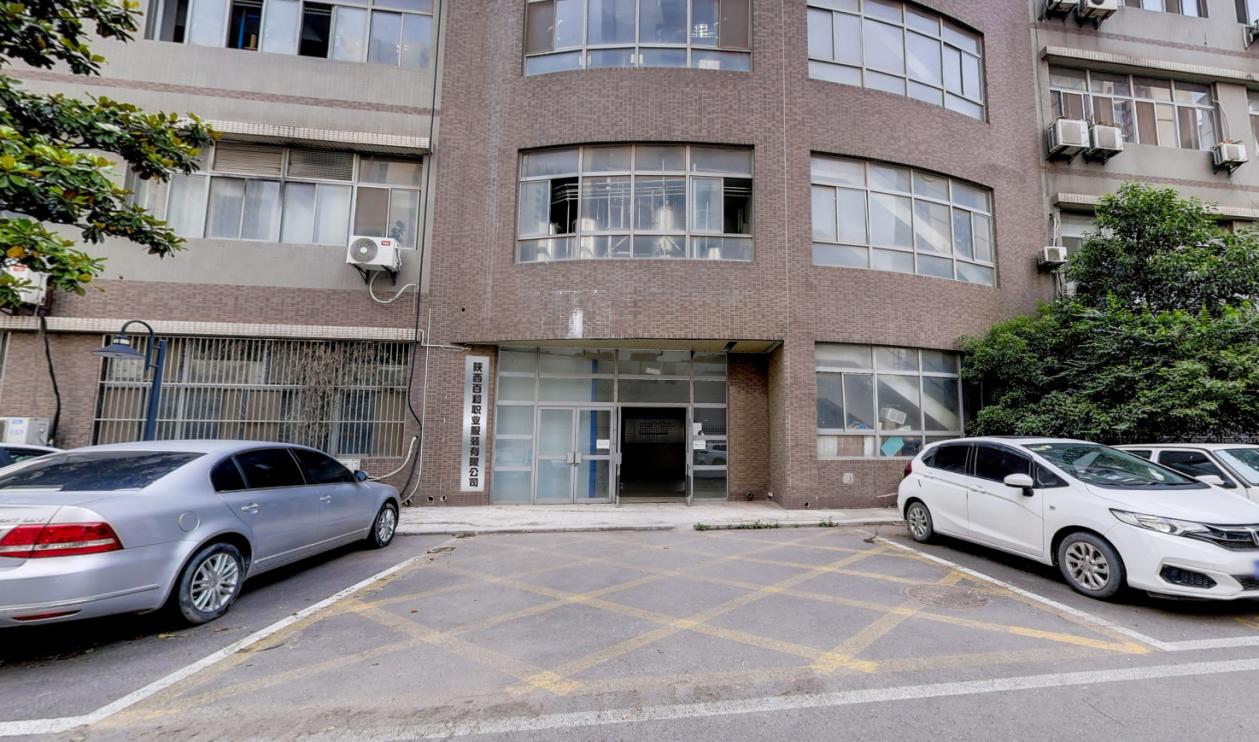The yeast that people have used for millennia to brew alcoholic drinks has now been engineered to produce cannabinoids 鈥?chemicals with medicinal and sometimes mind-altering properties found in cannabis.
The feat1, described on 27 February in Nature, turns a sugar in brewer鈥檚 yeast (Saccharomyces cerevisiae) called galactose into tetrahydrocannabinol (THC), the main psychoactive compound in cannabis (Cannabis sativa). The altered yeast can also produce cannabidiol (CBD), another major cannabinoid that鈥檚 attracted attention lately for its potential therapeutic benefits, including its anti-anxiety and pain-relief effects.
The hope is that this fermentation process will enable manufacturers to produce THC, CBD and rare cannabinoids that are found in trace amounts in nature more cheaply, efficiently and reliably than conventional plant-based cultivation.
Previous work2,3 described constructing parts of the cannabinoid production line in yeast, but not the complete process. The latest study is the first that has 鈥減ut it all together and shown that it actually works inside one cell, which is cool鈥? says Kevin Chen, chief executive of Hyasynth Bio in Montreal, Canada, one of at least ten companies working to produce cannabinoids in engineered yeast, bacteria or algae.
Researchers have produced anti-malaria drugs for commercial purposes, as well as opiates in the lab, using similar yeast-grown methods before. But the technology for making cannabinoids is nowhere near ready for market. David Kideckel, a cannabis analyst with AltaCorp Capital in Toronto, Canada, predicts that it will be another 18鈥?4 months before synthetic cannabinoids are cost-effective enough to sell to either pharmaceutical companies or the general public.
Craft brew
To build their cannabinoid factory in yeast, synthetic biologist Jay Keasling at the University of California, Berkeley, and his colleagues modified several genes found in S. cerevisiae, and introduced others from five types of bacteria and from the cannnabis plant. In total, they needed to make 16 genetic modifications to transform galactose into inactive forms of THC or CBD. Heating the cannabinoids switches them into their active forms. The team produced roughly 8 milligrams per litre of THC and lower levels of CBD.
But those yields would need to increase by at least 100-fold for the cost to be competitive with plant-extracted cannabinoids, says Jason Poulos, chief executive of Librede, a company in Carlsbad, California, that holds the first patent on a process for making cannabinoids from sugars in yeast.
Scientists at Demetrix, a company formed by Keasling in 2015 to work on this problem, have already boosted the cannabinoid yield of this process by several orders of magnitude, says Jeff Ubersax, chief executive of the firm in Emeryville, California.
Keasling and his team have also been able to engineer their yeast to transform various fatty acids into cannabinoids that don鈥檛 occur in nature. It鈥檚 possible to screen these compounds for therapeutic properties; if any show promise, they could be patentable because they don鈥檛 occur naturally. That aspect of newly created cannabinoids could help to build interest among drug companies, few of which have actively explored cannabis-based medicines.
鈥淭he pharmaceutical industry will really lap those molecules up,鈥?says Vikramaditya Yadav, a chemical engineer at the University of British Columbia in Vancouver, Canada, who is working with InMed Pharmaceuticals in Vancouver to produce cannabinoids using bacteria4.
No plants needed
But some argue that yeast-based fermentation might not be the best way of making cannabinoids. Toronto-based Trait Biosciences, for example, is genetically engineering cannabis to produce water-soluble cannabinoids for the beverage industry. They鈥檙e also trying to modify their plants so that every tissue, not just the resin glands that normally secrete cannabinoids, can produce novel cannabis-derived compounds. 鈥淓verything you can do in yeast, you can do in the plant itself with far greater yield and purity,鈥?says Trait鈥檚 chief strategic officer Ronan Levy.
And earlier this month, biochemist Jim Bowie of the University of California, Los Angeles, described5 a process for turning sugar into CBD without the need for the reactions to occur inside a cell. His team managed to produce a precursor to the inactive forms of THC and CBD in commercially viable amounts, and the researchers are aiming to develop the approach through a start-up called Invizyne Technologies.
鈥淐ells are a useful vehicle for producing that pathway, but we don鈥檛 want the cells,鈥?says Bowie. 鈥淲e want the damn pathway.鈥?/p>
 时尚街拍网
时尚街拍网














